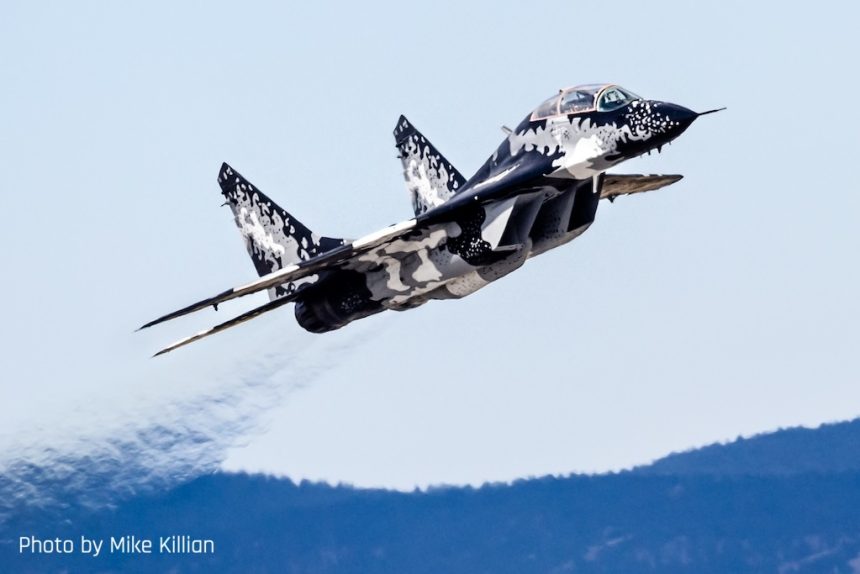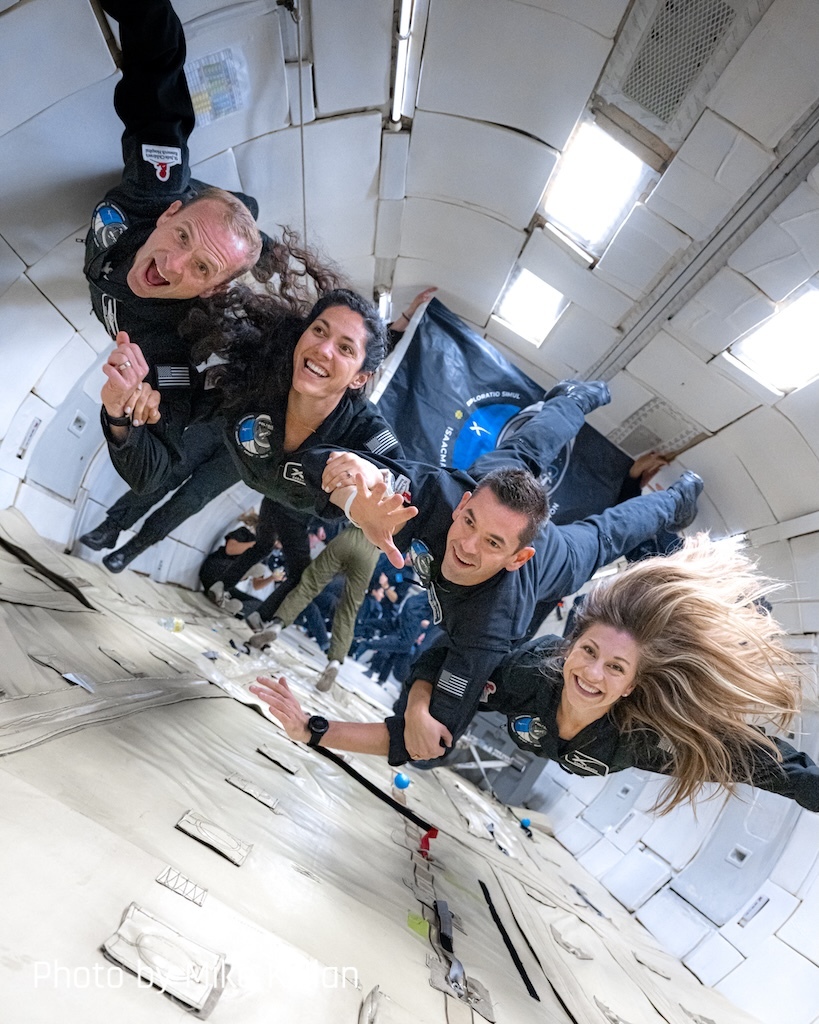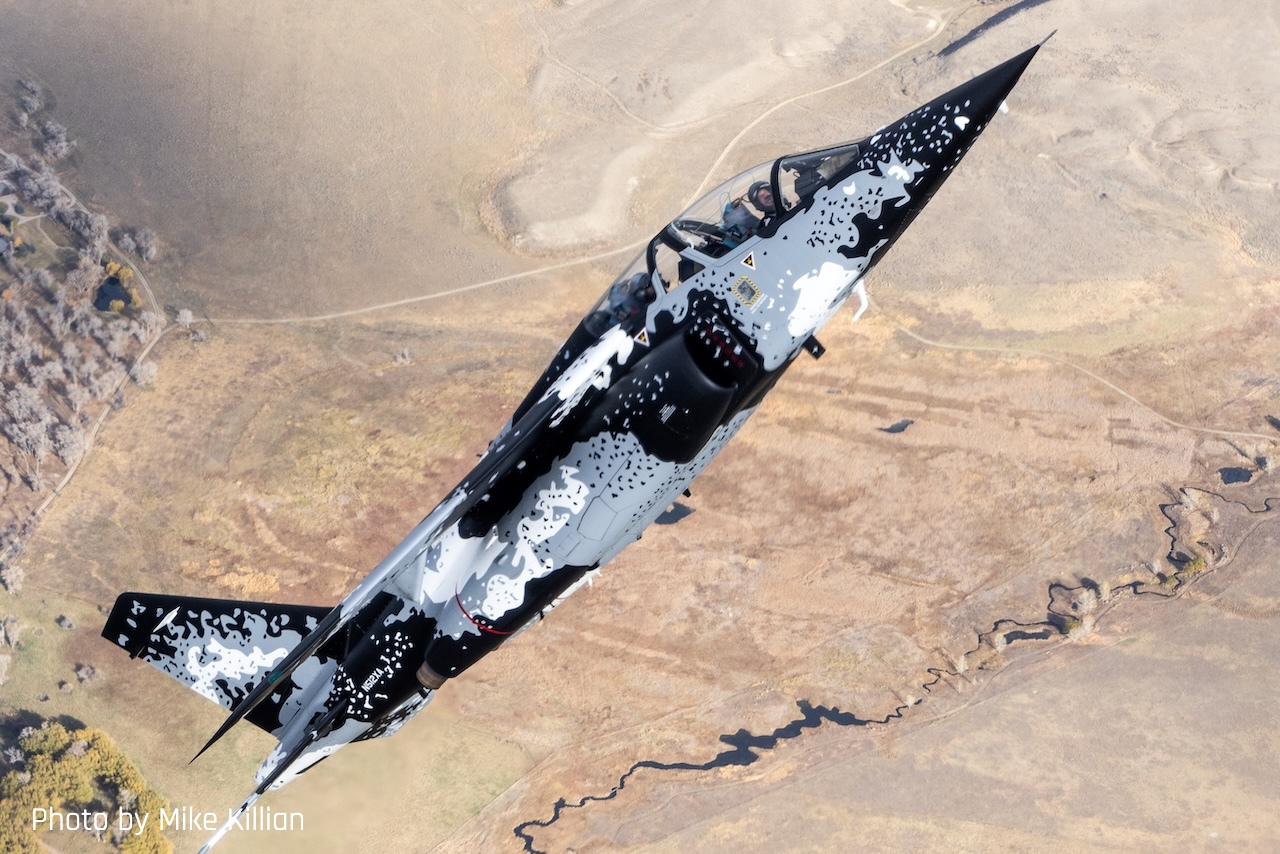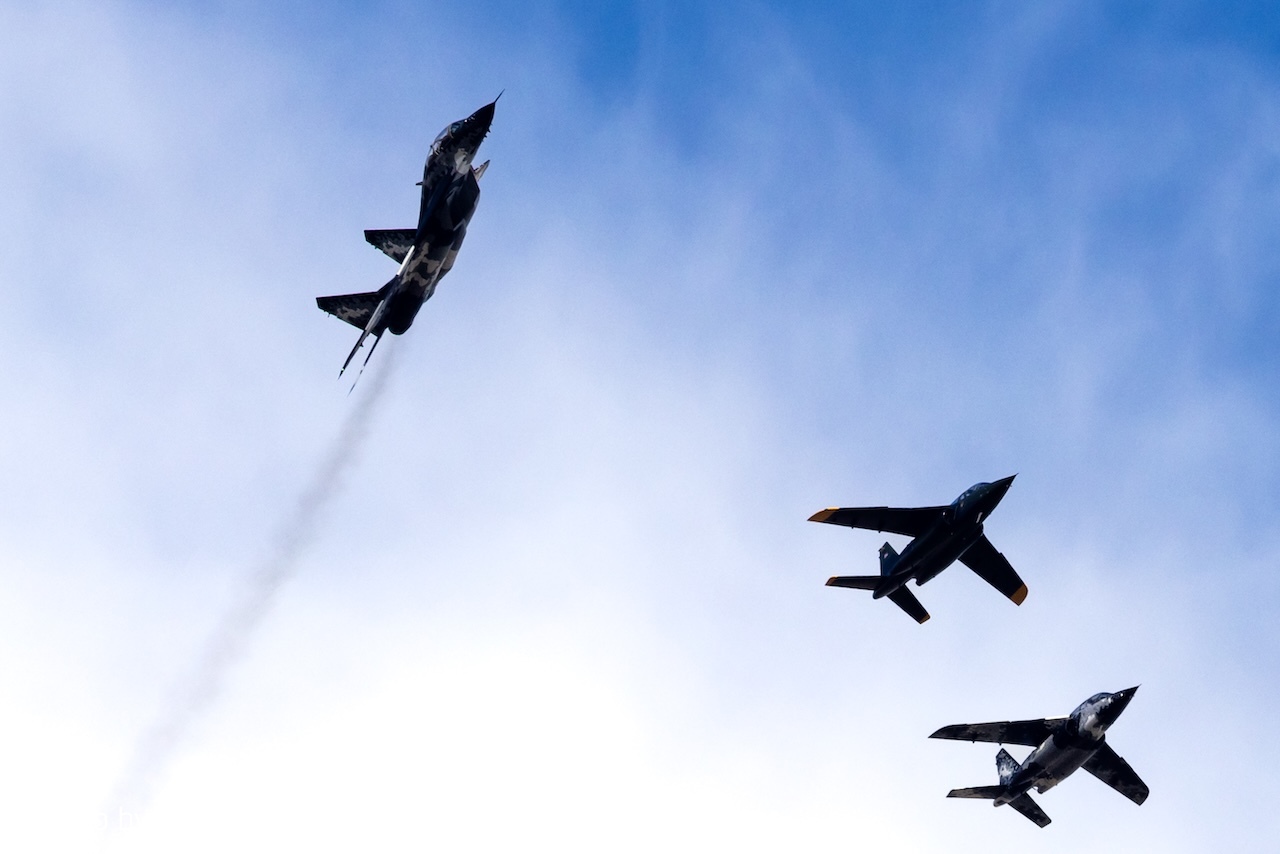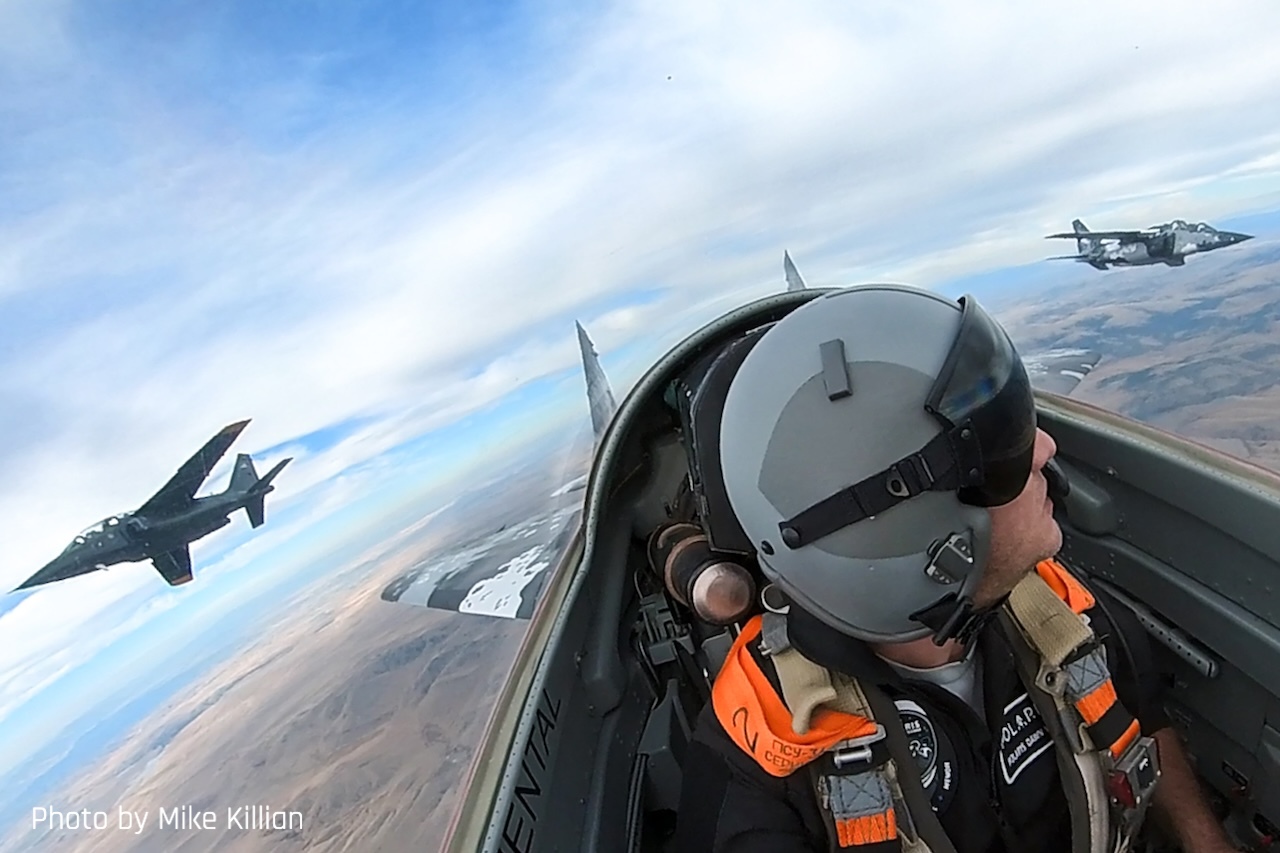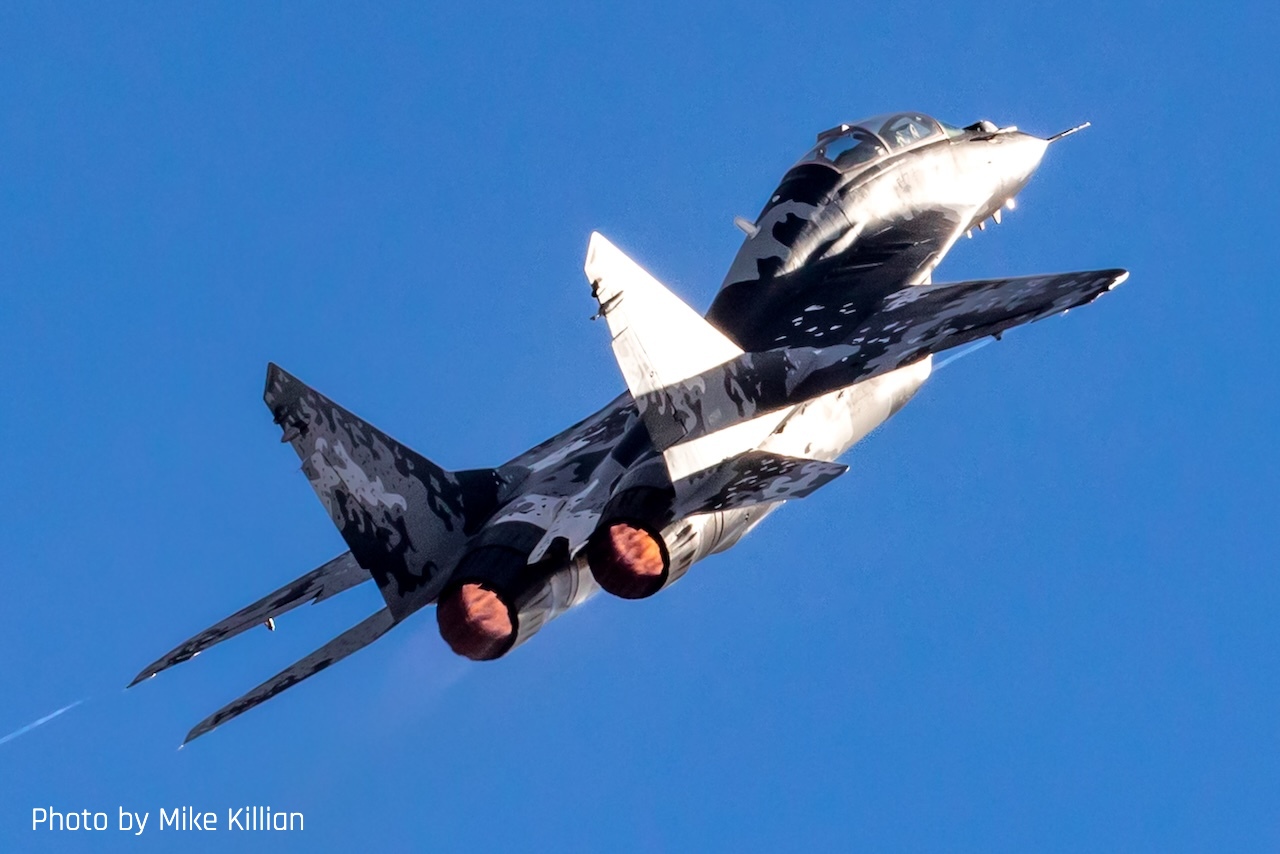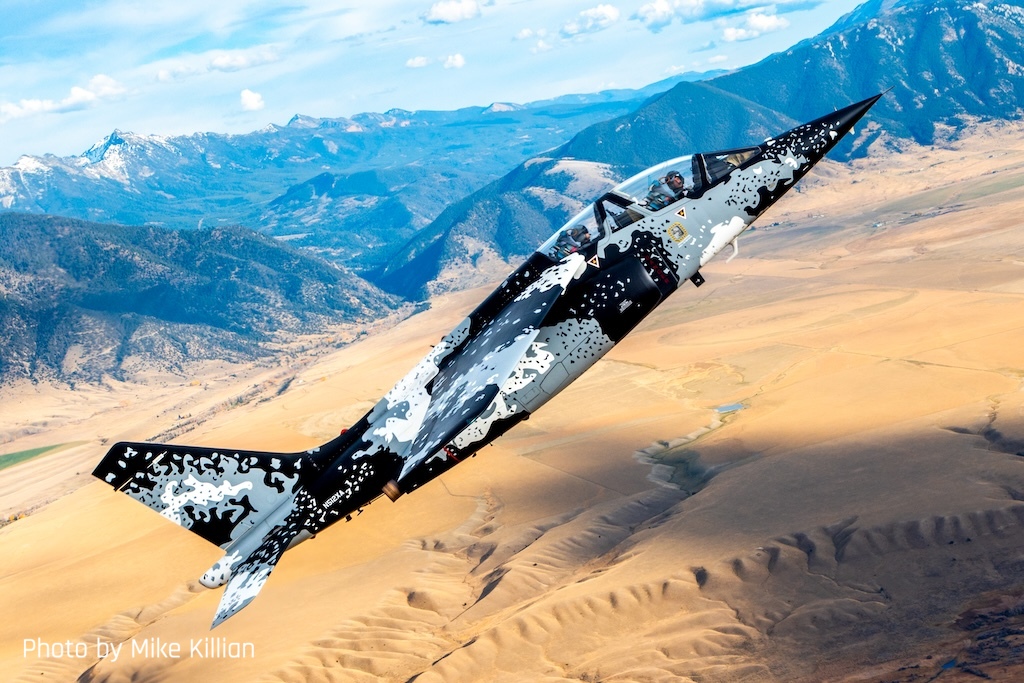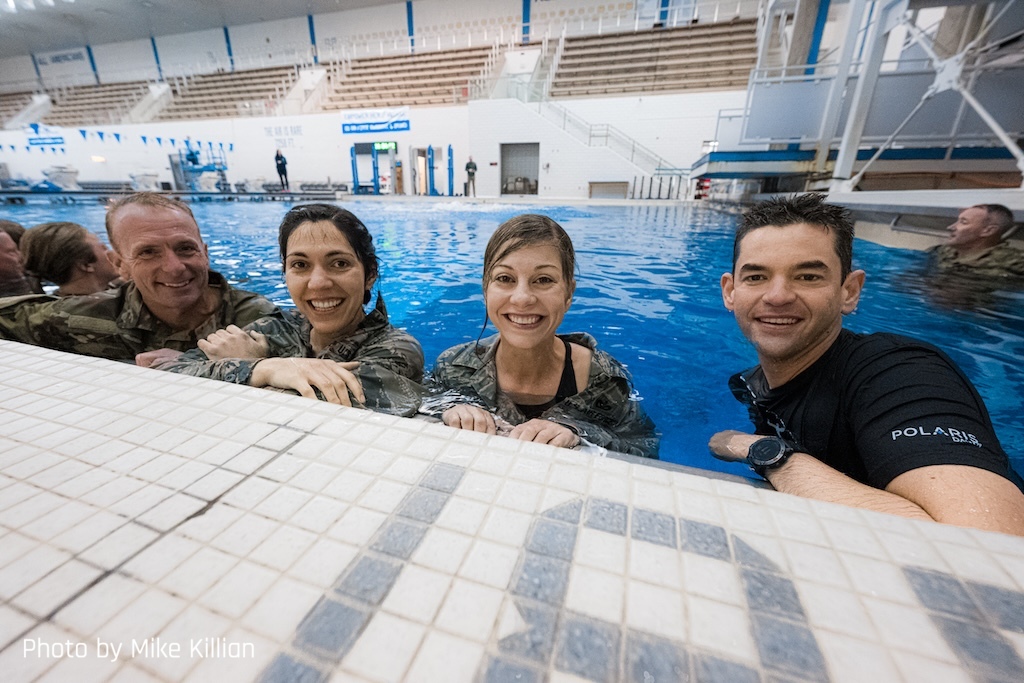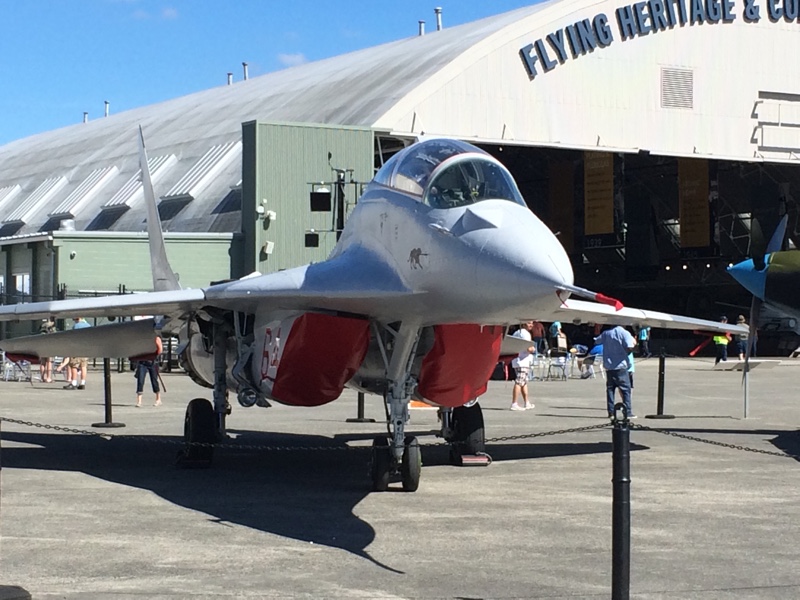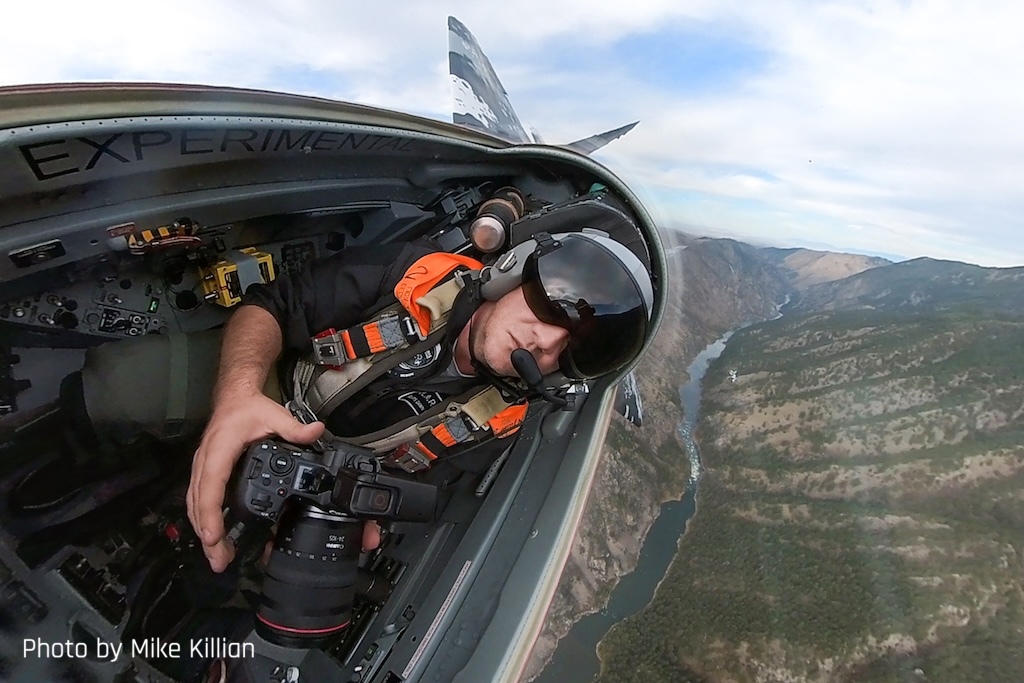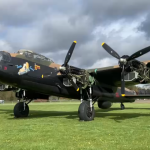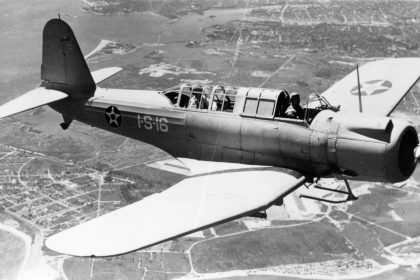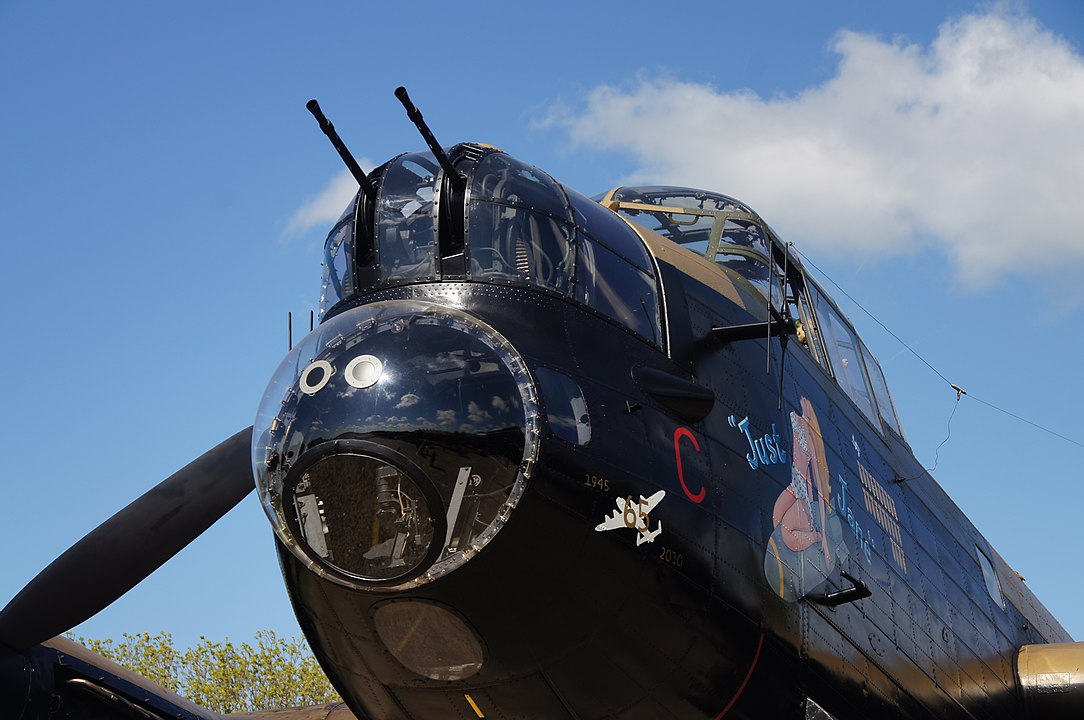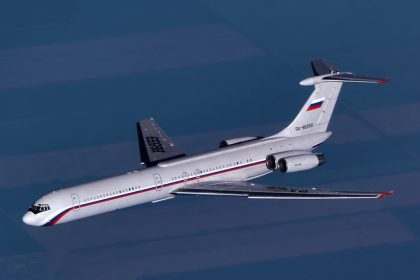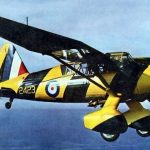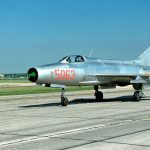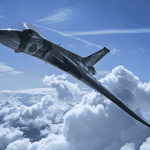By Mike Killian
There are warbirds, and then there are rare warbirds—the kind you might see fly with your own eyes once or twice in a lifetime. For aviation enthusiasts in North America, seeing a MiG-29 fly was once nothing more than a YouTube video or documentary. Over the last few years, however, billionaire entrepreneur Jared Isaacman brought one back to life, with a purpose far beyond joyrides and airshows. He had his eyes set on space, not as a tourist, but as a leader at the dawn of the commercial space age. Welcome to the Polaris Program.
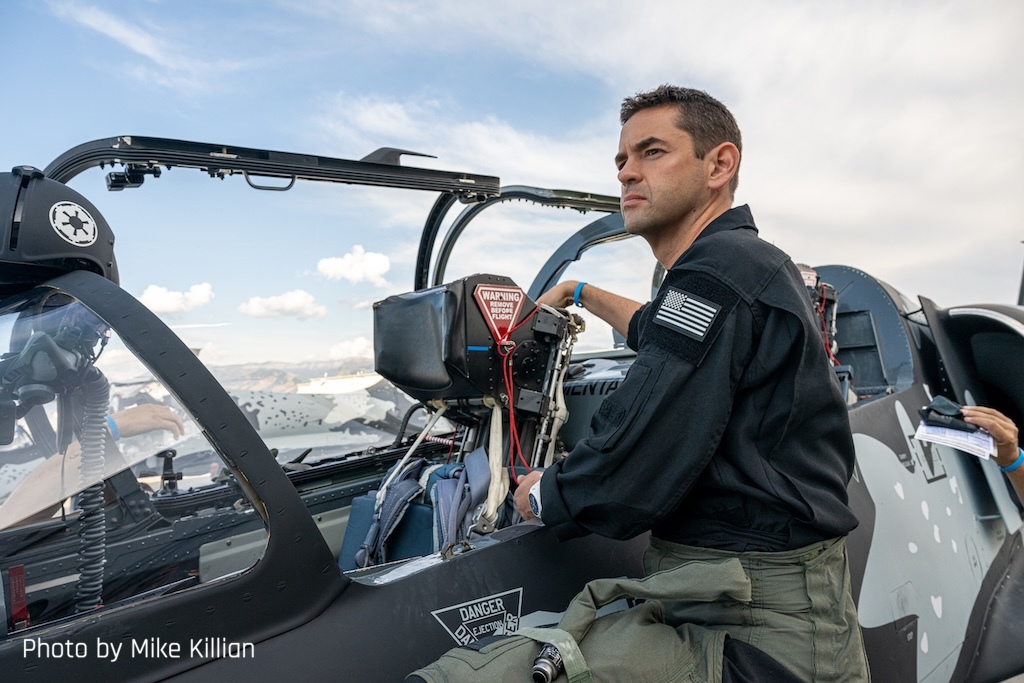
The MiG-29 plays a big part in the training, as well as helping raise awareness and donations for St. Jude Children’s Research Hospital. Thus far, the Polaris Program has raised hundreds of millions of dollars for St. Jude.
Isaacman has already been to space twice, commanding two all-civilian SpaceX missions: Inspiration4 in 2021 and Polaris Dawn in 2024. Polaris Program will fly more missions, too—tech demonstrations and building blocks—ultimately culminating with the first crewed launch of SpaceX’s new Starship, which is currently in a flight test program development phase in South Texas.
Obviously, a lot of training is involved for Isaacman and his hand-picked crews, who are all well-versed in aerospace operations. Examples include dive training, scuba training to simulate working in weightlessness, centrifuge and hypoxia training, hiking 19,000-foot-high volcanoes as team-building exercises, skydive training, zero-G flights, simulators, and more.
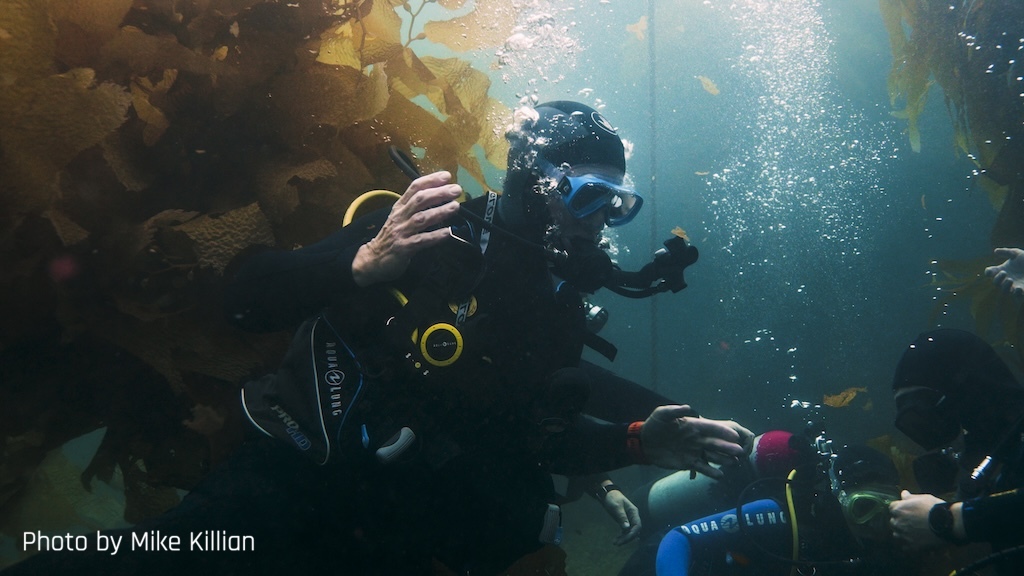
However, even in 2025—and even with highly automated spacecraft—there is still no substitute for training in a fast jet. NASA still uses T-38 Talons to keep astronauts proficient with working under intense flight conditions. Isaacman and Polaris Program figured that if NASA’s astronauts still need jet training, then so do they. Polaris operates a fleet of jets called the Ghost Squadron, painted in an arctic-camo-inspired theme. The design is actually the next-generation paint scheme from the Arctic camouflage of the Black Diamond Jet Team from a decade prior. Isaacman and others in Polaris were part of that team.
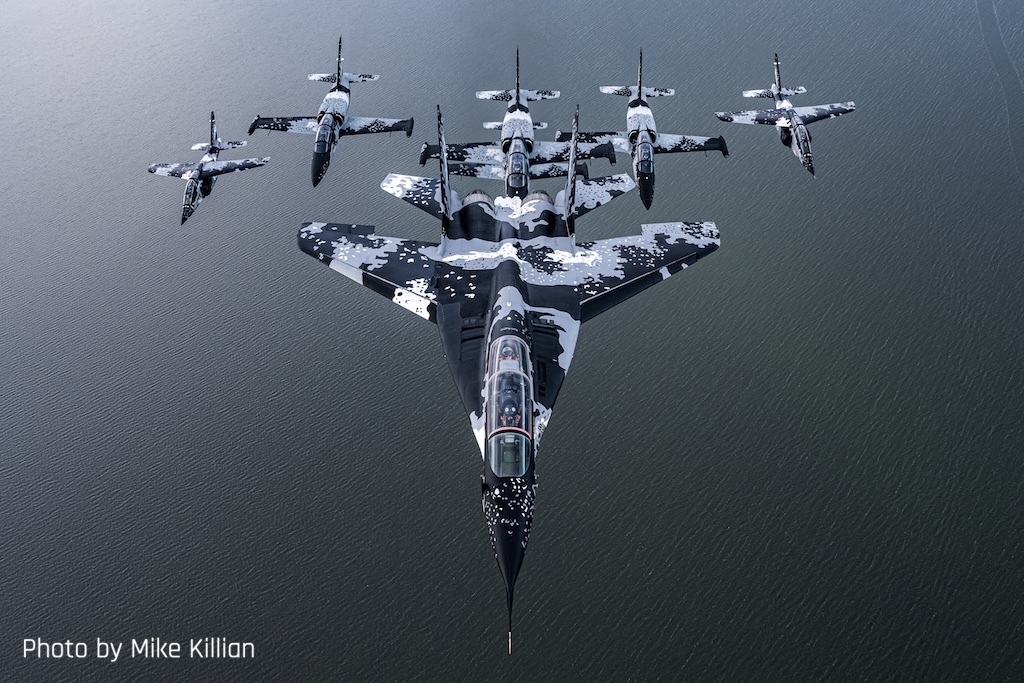
Now, with a new era of flying that includes the MiG-29, the paint scheme has evolved into ghost camo and represents the beautiful snow-capped mountains of Montana—where Polaris Program operates out of.
Early NASA and Soviet astronauts were all test pilots, but as time went on—from Apollo into the era of the Space Shuttle—NASA knew it would employ many astronauts from various other backgrounds and areas of expertise. Crews have been required to fly at least four hours per month in the supersonic T-38 ever since, while commanders and pilots are required to fly 15 hours. Training for spaceflight in jets familiarizes crews with checklists, communication, and situational awareness in a real, dynamic, extreme flying environment. Simulators are one thing, but working while in flight under mental and physical stress is something else entirely.
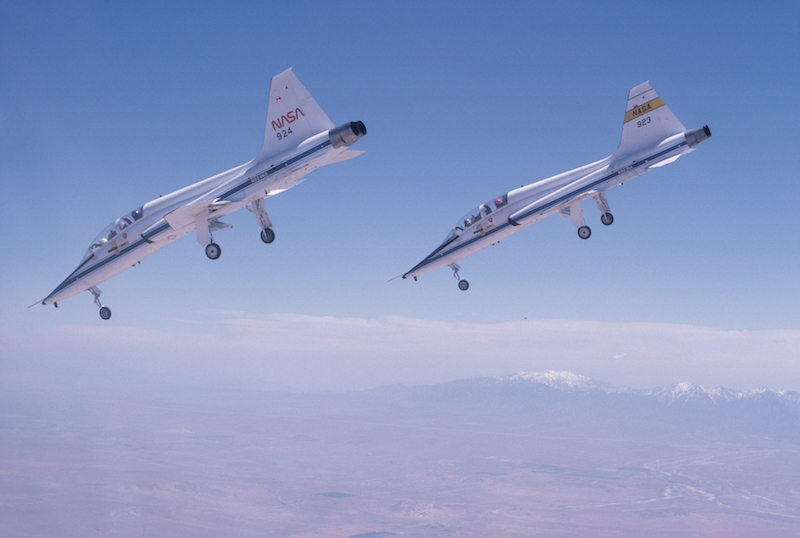
“It’s the most important training that we do as astronauts,” says former NASA astronaut Terry Virts. “It’s the one place where we’re not in a simulator. It’s real flying, and if you make a mistake, you can get hurt, or break something, or run out of gas. There are a lot of things that happen in the real world in a jet that don’t happen in the simulator.”
“It’s a dynamic, G-intense environment where you can work on crew resource management, precision flying, working with avionics systems that have a lot of carry-over to spacecraft—and probably most important, it’s high consequence,” says Isaacman. “There’s no reset button like in a simulator. You can’t just step out and say ‘Oops, we got that wrong, let’s try again.’ You can walk out of the simulator, but in a jet, there is no escape—and neither is there in space. Flying is a totally different environment, and I think that is important and keeps focus. Even close to launch, we keep flying training until about T-minus 2 days to liftoff.”
“We can do a lot in the classroom and simulators. We also go in centrifuges and we go underwater for EVA (spacewalk) training, but you still need a dynamic, G-intense environment where you can work on complex operations in a high-consequence environment,” adds Isaacman. “We fly the same spacecraft as commercial astronauts that NASA does, so we want the same type of training to prepare ourselves for the mission.”
Isaacman’s MiG-29 (N29UB) is one of the only airworthy, civilian-owned Fulcrums in the world that actually flies. He purchased it from the estate of late Microsoft co-founder Paul Allen, after selling Draken in 2019. “I just knew it was the best MiG-29 in the world, and it has been serving us incredibly well for all of our commercial astronaut training,” he says. It’s powered by a pair of Klimov RD-33 afterburning turbofan engines and was built in 1989, formerly operated by the Ukrainian Air Force. At the time Isaacman purchased it, it only had 570 flight hours on the airframe. It’s the fastest civilian-owned warbird in the world.
Naturally, being an aerospace photojournalist, I asked to see for myself. Next thing I know, I’m getting suited up and climbing onboard the MiG-29, getting strapped into the ejection seat as Isaacman gets settled up front. Our goal was producing magazine cover-quality shots and B-roll video with another Polaris jet, while giving me a glimpse of their commercial astronaut flight training in the MiG-29.
The MiG and other jets of the Polaris Ghost Squadron also support training for other organizations. Polaris also flies the Ghost Squadron at various airshows across the United States to help inspire the public and the next generation, and to continue spreading the word about St. Jude. Polaris even conducts donation flights for St. Jude donors, as a way to show their appreciation.

“A big part of our mission is about testing and developing new technologies to open up space for everyone, but you can’t ignore some of the real problems we have here on Earth,” says Isaacman. “That’s why St. Jude is a huge part of our mission, and we have the really cool opportunity to take donors who support St. Jude’s vital work and bring them up for a great experience in our aircraft.”
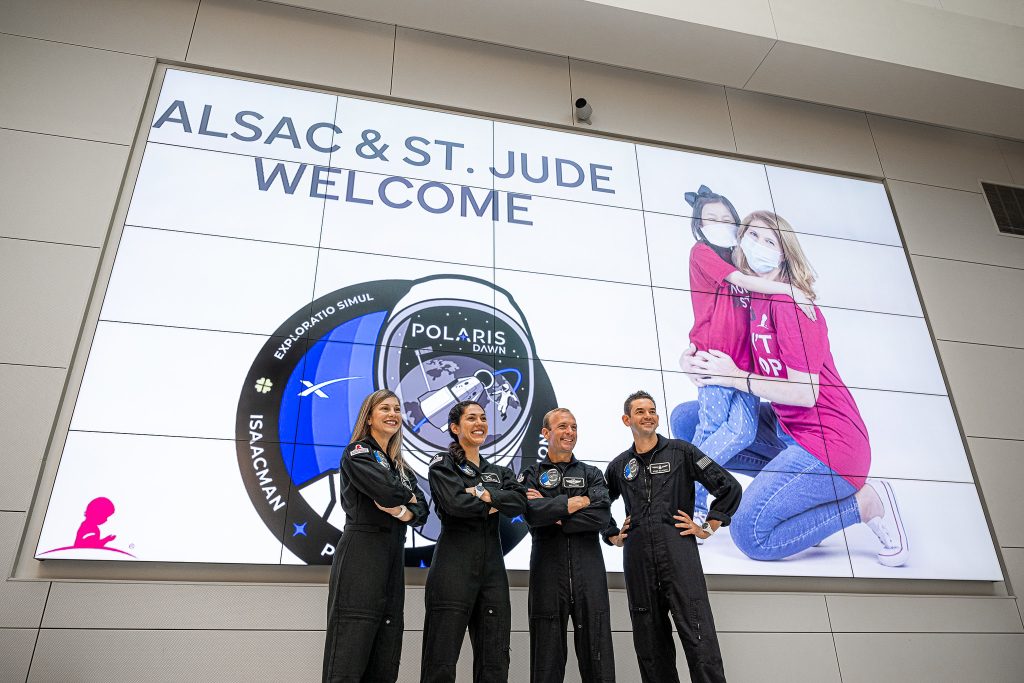
You can follow Isaacman and Polaris on X and Instagram, where they regularly provide updates on airshow appearances, events, and future space missions. They are currently restoring another vintage jet too—a Tornado F2! Stay tuned to Vintage Aviation News for updates as the jet comes back to life with Polaris. For more information, visit www.polarisprogram.com – Vintage Aviation News encourages our readers to donate to St Jude. Please visit www.polarisprogram.com/our-cause to donate







